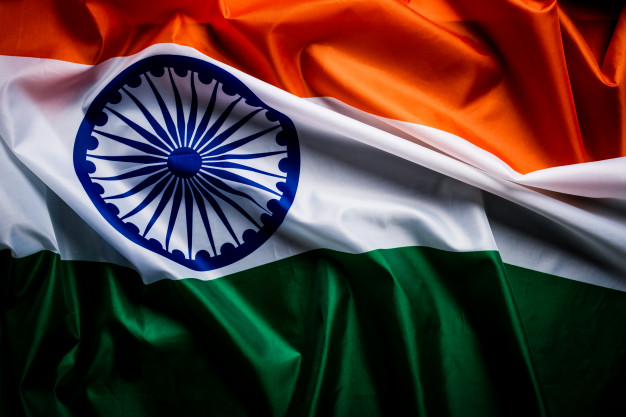The Indian war of independence was motivated by a few ideologies. Accordingly, there were different and distinct dreams of the future India, like Secular India, Hindu India, Muslim India, Dalit India and Socialist India. These dreams remain objectives of different kinds of political and social mobilizations in the country even today, though to different extent. The outcome of this vertical division of the Indian mindset is that the formation of a true and integrated India is yet a distant dream and people are still at war with each other for freedom and justice.
The chapter of Muslim India got closed with the partition of the country and formation of a Muslim homeland out of British India. Though only about one million Muslims from mainland India opted for this new homeland, those who preferred a composite India have had to lose many rights as Muslims, on the pretext.
With the provision of the reservation for the Scheduled Castes and Scheduled Tribes in the Constitution for a decade or so and the conversion of Dr BR Ambedkar to Buddhism, the chapter of Dalit India also closed. Due to political exigencies, Dalits are still enjoying the right of reservation and affirmative action but their dream of a casteless India has been forgotten and they are still struggling for social and political equality.
The idea of a Socialist India continued to exert for some decades. However, after its becoming a political vehicle of the OBC castes and the provision of reservation for them in the government jobs and educational institutions, it is no more in the fray.
It is the champions of Secular India that acquired the reins of power at the time of freedom and shaped its affairs for many decades. However, opportunism and corruption have weaken them to the extent of becoming ineffective now.
With other dreams losing steam, currently the idea of Hindu India, which was initially rejected by the countrymen, hits the ground running. However, its period of dominance will also be limited. Its main weaknesses are its reliance on Brahamanism and violence, which ultimately would have limited appeal and takers. However, before leaving the arena, the idea of Hindu India may cause such a havoc that India may either get disintegrated as a country or will become a country without anymore dreams.
Since Muslims, Dalits, socialists and secularist have been politically marginalized and weakened to a great extent today, they cannot change the course of events to come, at least for the time being. It is the onus of the champions of Hindu India in the present circumstances to rethink the imminent fate of the country in consequence to the Brahmanist goals and coercive ways. If India becomes a failed country like many Sub- Saharan nations, history will make accountable for this imminent mess the Sangh Parivar and the administrators, judiciary, media and those extending uncritical support to it. As it is, India has come down to the level of under-developed countries on many development indices. Many Indians are leaving the country and acquiring nationality elsewhere in search of peace and quality of life. This trend has got such a momentum by this time that some 8 to 10 thousand millionaires are saying good bye to it every year, besides others. Increasing violence in the country will push it further to the nether.
In the cycle of nations, there come five distinct phases, namely romanticism, pragmatism, opportunism, radicalism and nihilism. During the romantic phase, the country and its leadership cherish the objective for which it is formed. In the next phase, the people and leaders compromise the agreed ideals, still they go by them to a major extent. In the third phase, such leadership dominates the national affairs which hardly have any interest in these ideals and prefer their vested interest over them. The fourth phase is swayed by counter-idealism which thrives on antagonism to the stated national ideals while blaming them for all current problems. And, finally chaos, confusion and civil wars appear for the formation of a new nation.
Perhaps India has entered into the fourth phase of its existential cycle by this time. It happened very fast with comparison to other countries. For delaying or suspending appearance of the next phase, it is important that the formative ideals of the country be revisited and reasserted in public life. Otherwise, nature will take its own course.
*The writer is a social activist, political analyst and author of many books.
August 21, 2020


